In our contemporary landscape, aging is an undeniable aspect of life, and safeguarding the health of our loved ones has become increasingly significant.
This blog delves into pragmatic approaches to foster an active lifestyle. Noteworthy statistics reveal that engaging in regular physical activity can increase life expectancy by up to 7 years while also diminishing the risk of chronic conditions such as cardiovascular diseases and osteoporosis by 30-40%.
Join us as we navigate concrete strategies and a diverse range of activities, ensuring that active aging is not merely a concept but a tangible reality for those we hold dear.
1. Definition of Active Aging
As our loved ones gracefully age, the concept of active aging takes center stage. Active aging is not just a chronological marker but a lifestyle that emphasizes engaging in activities that promote both physical and mental well-being. It’s about embracing the golden years with vitality and purpose.
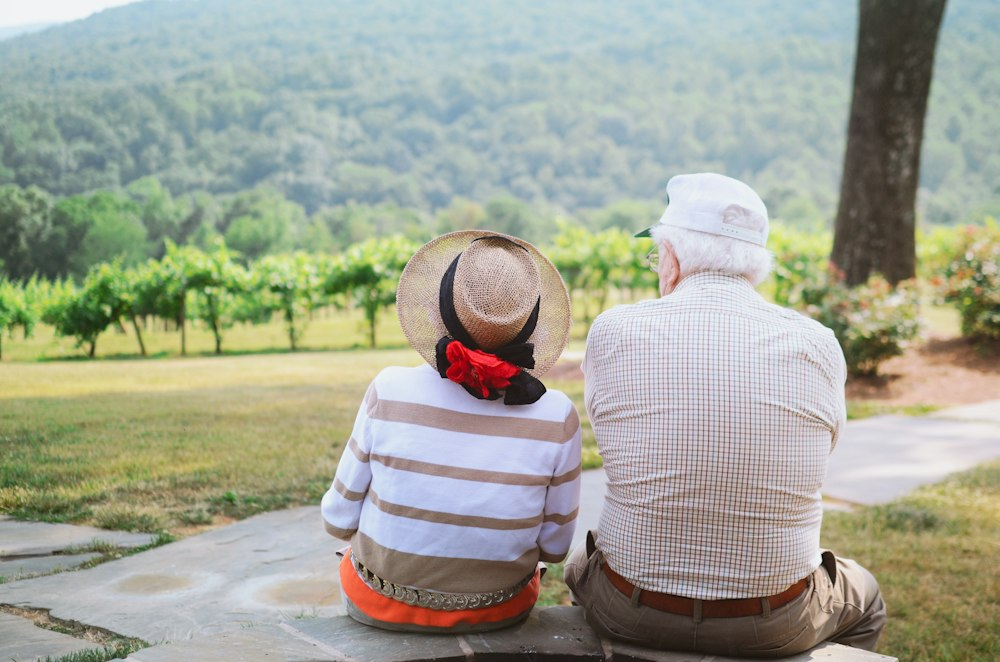
2. Significance of Active Aging for Loved Ones
Why does active aging matter? It goes beyond simply adding more candles to the birthday cake. Active aging contributes to a higher quality of life, ensuring that our beloved seniors not only live longer but live better. It’s about fostering independence, maintaining health, and enjoying a fulfilling existence.
3. Overview of Physical and Mental Benefits
Active aging isn’t a one-dimensional journey. It intertwines physical and mental elements, offering a holistic approach to aging gracefully. This dual focus sets the stage for a more enriching and satisfying senior experience. Moving forward, we’ll delve into the intricacies of active aging, exploring its nuances and discovering the plethora of activities that can contribute to this holistic approach.
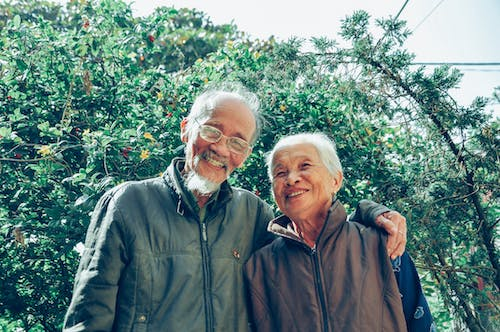
A. The Role of Physical Activity in Active Aging
- Impact on Cardiovascular Health
Engaging in regular physical activity significantly contributes to maintaining cardiovascular health. Activities like brisk walking, swimming, or dancing get the heart pumping, promoting blood circulation and reducing the risk of heart-related issues.
- Benefits for Muscular Strength and Flexibility
As we age, maintaining muscle strength and flexibility becomes crucial. Physical activities like yoga and strength training not only enhance muscular health but also contribute to better overall mobility.
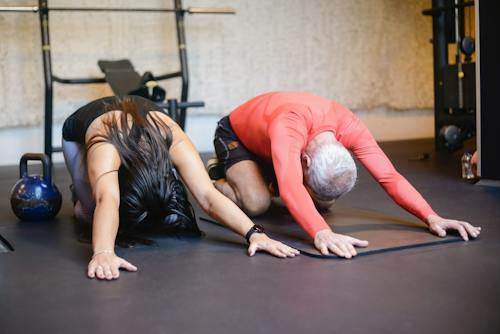
- Role in Preventing Chronic Conditions
Active aging serves as a shield against chronic conditions such as diabetes and osteoporosis. Regular exercise helps regulate blood sugar levels and promotes bone density, fostering a healthier, more resilient body.
B. The Importance of Mental Fitness in Active Aging
- Cognitive Benefits
Aging doesn’t have to equate to cognitive decline. Mental fitness exercises, such as puzzles and memory games, stimulate the brain, promoting cognitive function and delaying the onset of age-related conditions like dementia.
- Emotional Well-being
Active aging is intrinsically linked to emotional well-being. Engaging in activities that bring joy and satisfaction contributes to a positive outlook on life, fostering emotional resilience in the face of challenges.
- Social Engagement
Maintaining an active social life is a key component of mental fitness. Social interactions provide emotional support, reduce feelings of loneliness, and contribute to a sense of belonging—a crucial aspect of active aging.
4. How to Create a Supportive Environment for Aging Individuals
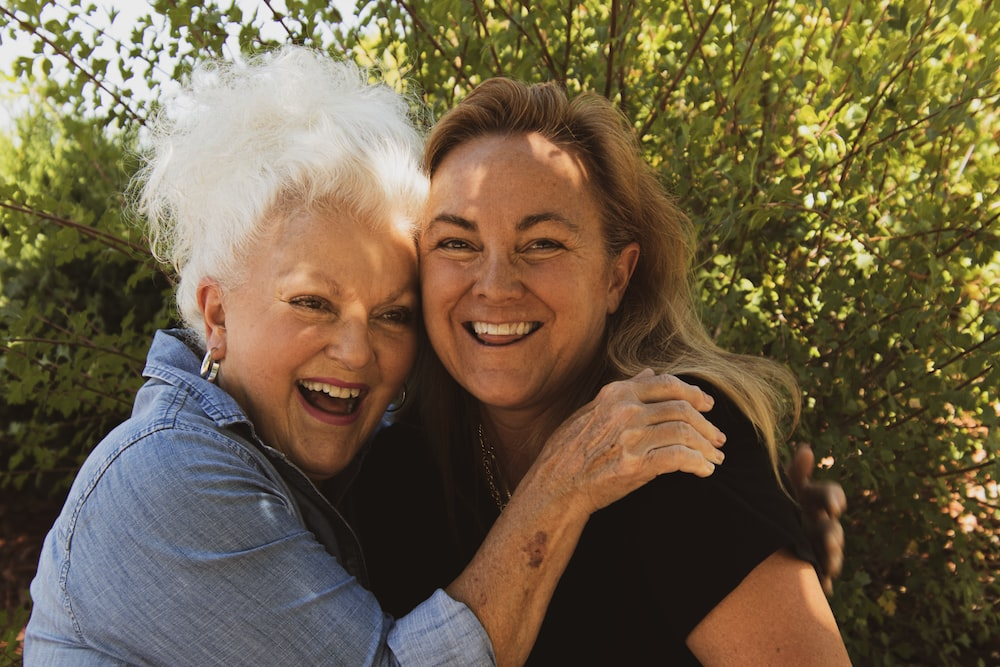
A. Designing Age-Friendly Living Spaces
- Accessibility and Safety Measures
Creating an age-friendly living space involves making modifications for accessibility and safety. Installing handrails, eliminating tripping hazards, and ensuring proper lighting are essential steps in promoting a secure environment.
- Incorporating Exercise Spaces
Designating areas for exercise within the home encourages regular physical activity. Whether it’s a small workout corner or a garden space for yoga, having a dedicated spot fosters consistency in maintaining an active lifestyle.
B. Cultivating a Healthy Lifestyle
- Balanced Nutrition for Active Aging
A well-balanced diet is the cornerstone of active aging. Nutrient-dense foods, rich in vitamins and minerals, support overall health and provide the necessary fuel for an active lifestyle.
- Importance of Hydration
Staying hydrated is often overlooked but is crucial for maintaining bodily functions. Proper hydration supports joint health, cognitive function, and overall well-being.
- Adequate Sleep and Rest
Quality sleep is essential for both physical and mental health. Creating a sleep-conducive environment and adhering to a regular sleep schedule contribute to the overall active aging strategy.
5. Which Physical Activities Are Beneficial for Active Aging?
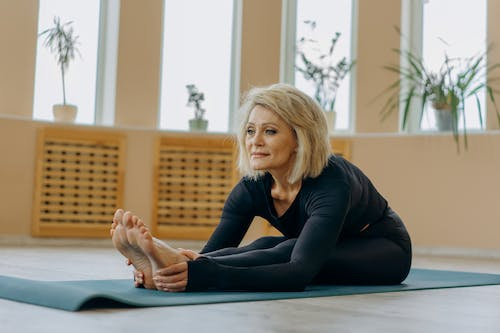
A. Tailored Exercise Programs
- Strength Training
Tailored strength training programs help maintain muscle mass and bone density. Simple exercises using resistance bands or light weights can make a significant difference in overall strength.
- Cardiovascular Exercises
Engaging in cardiovascular exercises, such as swimming or cycling, supports heart health and endurance. These activities also contribute to weight management, another crucial aspect of active aging.
- Flexibility and Balance Training
Activities like yoga and tai chi enhance flexibility and balance, reducing the risk of falls and promoting overall stability.
B. Outdoor Activities and Nature Engagement
- Walking and Hiking
Simple yet effective, walking and hiking offer numerous benefits. They not only provide cardiovascular exercise but also connect our loved ones with nature, contributing to mental well-being.
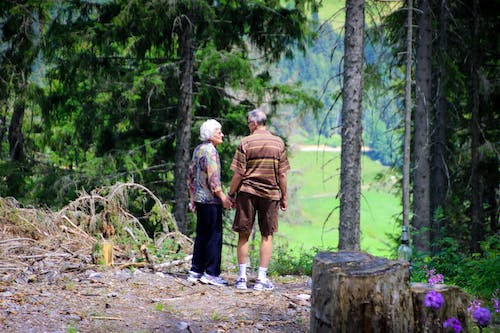
- Gardening for Physical and Mental Health
Gardening is a multifaceted activity that combines physical exercise with the joy of nurturing plants. It fosters a sense of accomplishment and provides a peaceful, therapeutic environment.
C. Incorporating Technology for Fitness Tracking
Embracing technology can enhance the active aging experience. Fitness trackers and health apps provide valuable insights, motivating individuals to stay on track with their physical activity goals.
6. Mental Stimulation Strategies
A. Cognitive Exercises and Brain Games
Brain games challenge cognitive function, promoting mental agility and problem-solving skills. Sudoku, crosswords, and puzzles offer enjoyable ways to keep the mind sharp.
B. Memory Enhancement Activities
Engaging in activities that stimulate memory, such as storytelling or reminiscing, contributes to maintaining cognitive function and preserving cherished memories.
C. Lifelong Learning Opportunities
- Enrolling in Classes and Workshops
Continual learning is a powerful tool for mental stimulation. Whether it’s attending classes or participating in workshops, the pursuit of knowledge keeps the mind active and engaged.
- Online Learning Platforms
The digital age has opened up vast opportunities for learning. Online platforms provide a convenient way for seniors to explore new topics and skills from the comfort of their homes.
7. The Role of Social Engagement inActive Aging
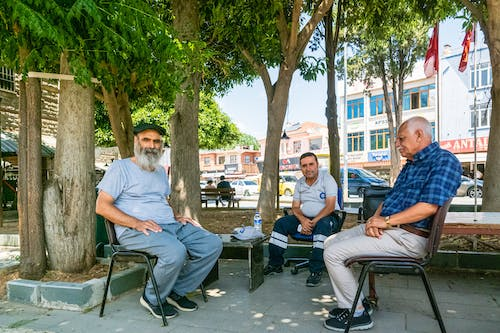
A. Importance of Social Connections
Maintaining social connections is a cornerstone of active aging. Regular interactions with family, friends, and the community contribute to emotional well-being and provide a support system.
B. Participating in Community Activities
Getting involved in community activities, such as clubs, volunteer work, or local events, fosters a sense of belonging and purpose. It also creates opportunities for new friendships and shared experiences.
C. Building and Maintaining Relationships
Actively nurturing relationships with family and friends is vital. Regular communication, whether in person, over the phone, or through video calls, strengthens bonds and contributes to a fulfilling social life.
8. Overcoming Challenges
A. Addressing Common Barriers to Active Aging
- Health Conditions and Adaptations
Adapting to health conditions is a common challenge in active aging. Tailoring activities to individual capabilities and seeking professional advice when needed help navigate these challenges effectively.
- Motivational Challenges
Maintaining motivation can be challenging, but setting realistic goals, celebrating achievements, and incorporating variety into activities can keep the enthusiasm alive.
B. Family and Caregiver Support
- Caring for TBI patients at home
Caring for a loved one with Traumatic Brain Injury (TBI) demands compassion and specific attention. Establishing a conducive home environment involves:
- Implementing safety measures at home to prevent accidents or exacerbation of TBI-related symptoms. This could include installing handrails, removing tripping hazards, and ensuring a clutter-free living space.
- Providing a consistent and structured daily routine to help individuals with TBI cope with challenges, reduce stress, and enhance overall well-being.
- Seeking guidance from healthcare professionals for specialized care plans tailored to the unique needs of TBI patients.
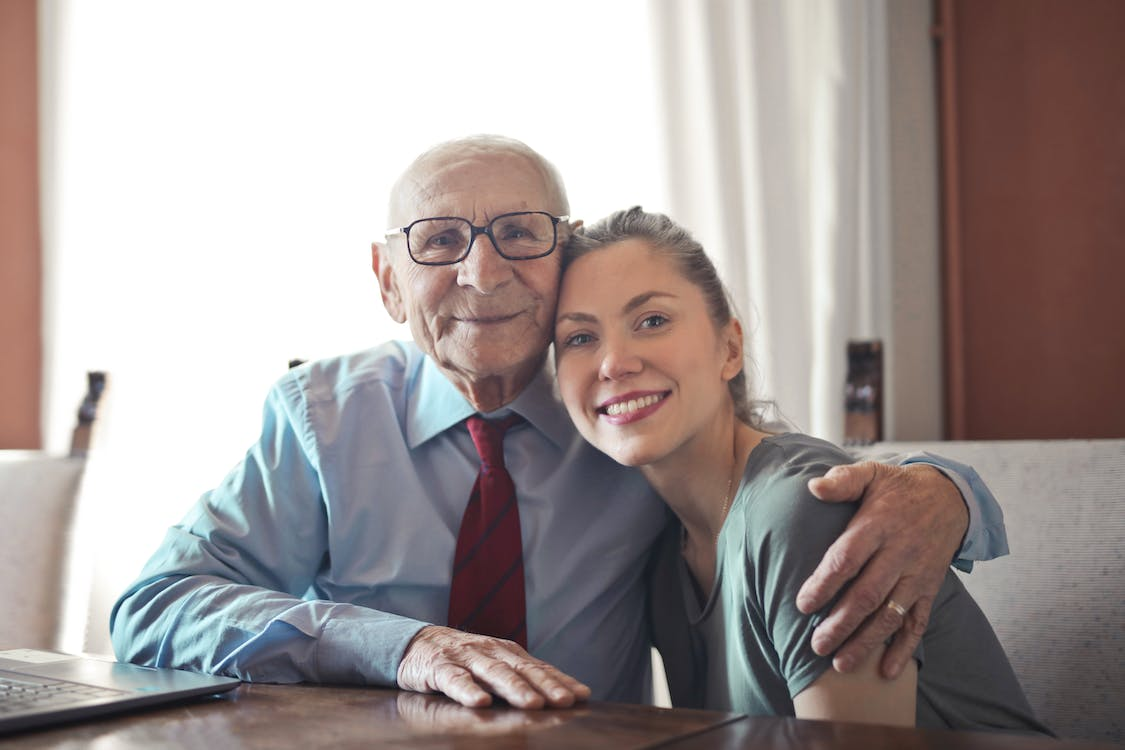
- Private caregiver services for seniors
Engaging private caregiver services for seniors ensures personalized attention and comprehensive support. Key considerations include:
- Tailoring caregiving plans to individual needs, taking into account health conditions, preferences, and daily routines.
- Beyond assistance with daily activities, caregivers offer companionship, fostering emotional well-being for seniors who may experience feelings of loneliness.
- Regular health monitoring, including medication management and communication with healthcare providers, to ensure proactive health management.
- Synergy home health
Synergy Home Health represents a collaborative approach to home-based healthcare. Key aspects include:
- Involving professionals from various healthcare disciplines to address the diverse needs of seniors, ensuring a comprehensive and holistic approach.
- Offering specialized rehabilitation services, such as physical therapy and occupational therapy, to promote mobility and independence.
- Providing education to both caregivers and family members on how to best support the health and well-being of seniors at home.
- Structured Family Home Care
Creating a supportive environment for seniors within the familiarity of their homes involves structured family home care. Key considerations include:
- Develop a comprehensive care plan, outlining roles and responsibilities for each family member involved in caregiving.
- Establish effective communication channels for regular updates and discussions about the senior’s health and care plan.
- Evaluate and modify the home environment for safety and accessibility, incorporating necessary adjustments.
- Seek advice from healthcare professionals for insights into the specific needs of the senior and receive guidance on providing appropriate care.
- Foster a supportive family environment that addresses the emotional needs of both the seniors and caregivers through open communication.
- Assisted living homes
Choosing an assisted living home involves careful consideration of various factors:
- Assisted living homes provide varying levels of support, allowing seniors to receive assistance with daily activities while maintaining a degree of independence.
- These facilities often offer social activities and communal spaces, promoting interaction among residents and reducing feelings of isolation.
- Implementing safety measures, such as emergency response systems and accessible facilities, to ensure the well-being of residents.
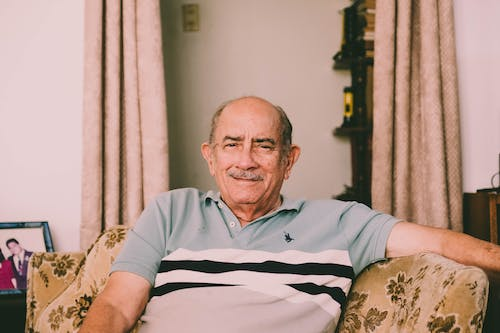
- Home care assistance programs
Home care assistance programs contribute to maintaining independence while receiving necessary support:
- Developing personalized care plans that adapt to changing needs and circumstances, ensuring a flexible and responsive approach to caregiving.
- Utilizing technology and regular health check-ins to monitor seniors’ health status, facilitating early intervention when necessary.
- Providing assistance with meal planning and preparation, ensuring seniors maintain a balanced and nutritious diet.
- 24-hour nursing care at home
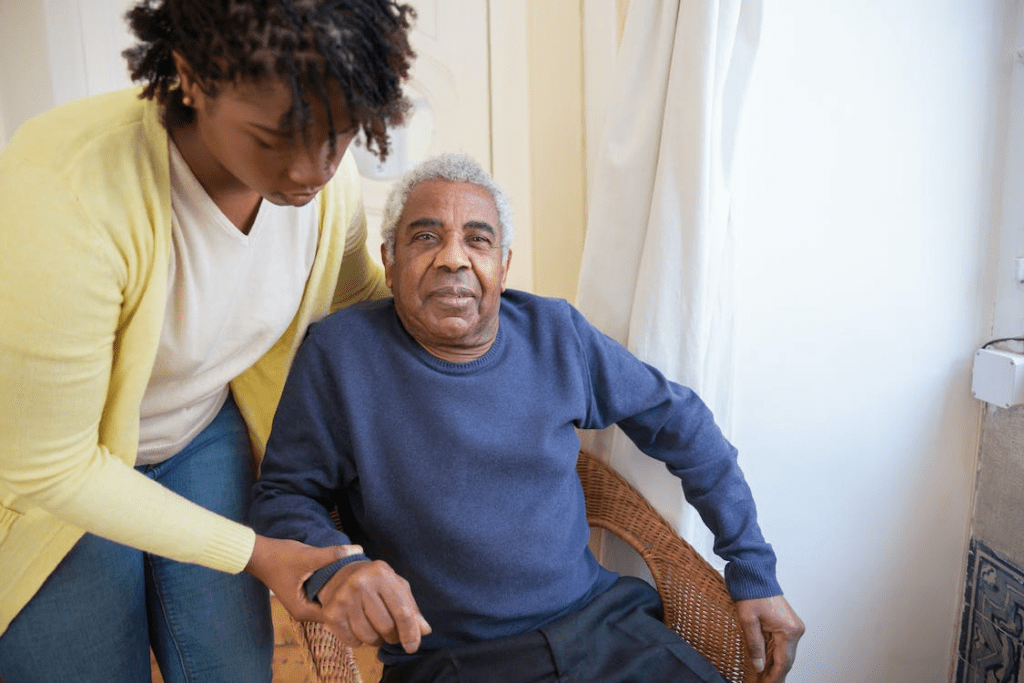
For those requiring round-the-clock care, 24-hour nursing care at home is a viable option. Key considerations include:
- Offering continuous health monitoring by qualified nursing professionals to address immediate concerns and provide ongoing care.
- Ensuring strict adherence to medication schedules, reducing the risk of adverse health events.
- Collaborating with healthcare providers to implement specialized care plans and interventions tailored to the individual’s medical needs.
Family and caregiver support play a pivotal role in active aging. These services offer assistance tailored to individual needs, ensuring that our loved ones can continue their active lifestyle with the necessary support.
C. Communication Strategies
Open communication between family members and caregivers is crucial. Understanding the preferences and needs of our loved ones allows for a more personalized and effective approach to active aging.
Nurture Vibrant Golden Years with King’s Grace Homecare
The journey of active aging is a multifaceted adventure that intertwines physical and mental well-being. Embracing this lifestyle not only enhances the golden years but transforms them into a vibrant and fulfilling chapter of life. As we explore the diverse activities and strategies for active aging, let’s remember that it’s a shared responsibility—one that involves the active participation of family, caregivers, and the community.
And as we embark on this journey, King’s Grace Homecare stands as a robust pillar of support. Our commitment to providing personalized and compassionate care aligns seamlessly with the principles of active aging.
So, what’s the hold-up? Get in touch with them today and let’s continue to champion the well-being of our loved ones, ensuring that every step they take in their golden years is one filled with vitality, joy, and the warmth of caring support.


